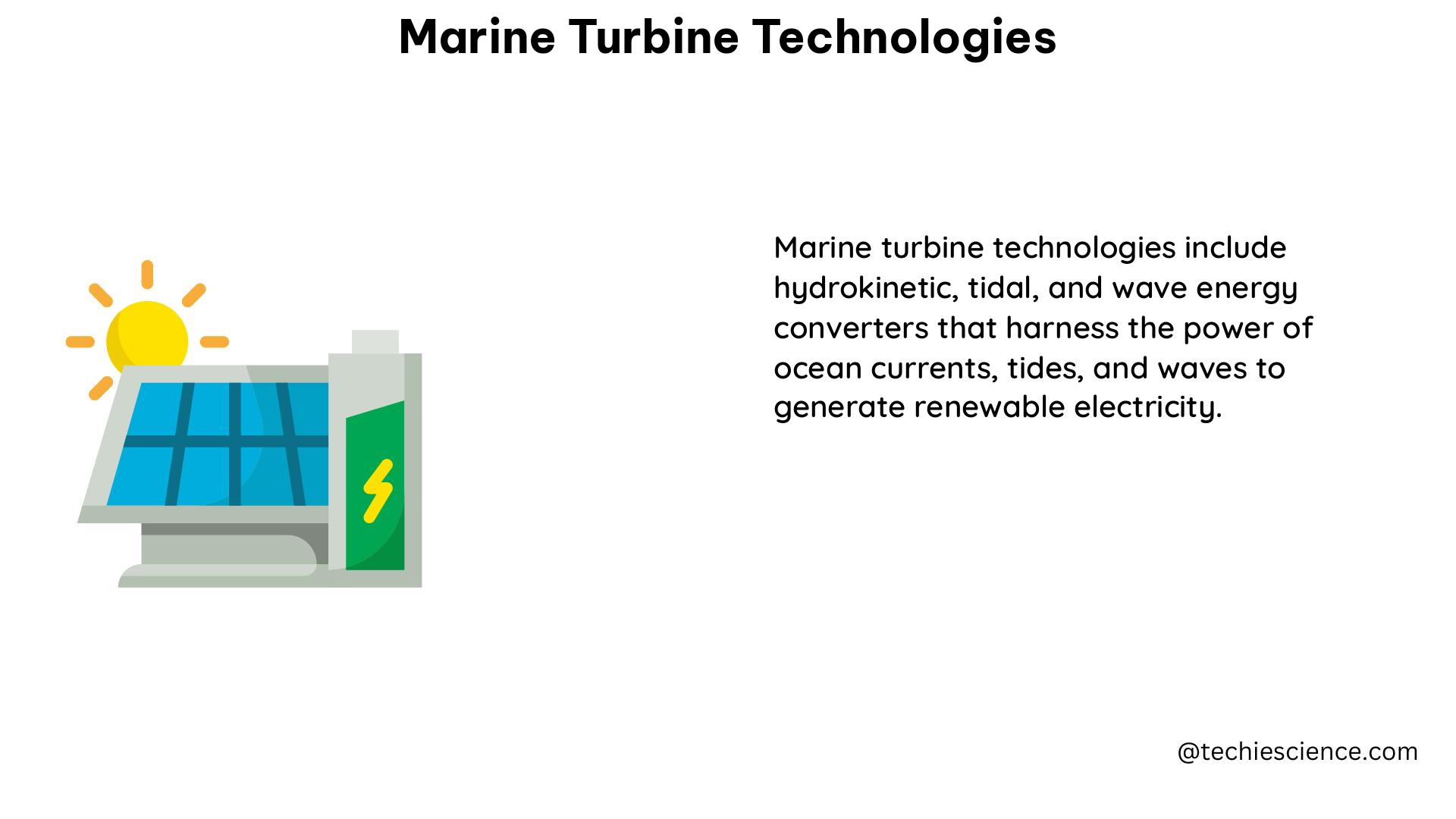Marine turbine technologies are a crucial part of various industries, including aviation and maritime operations. These technologies involve the use of turbines to convert mechanical energy into electrical or propulsion power, enabling efficient and reliable power generation for a wide range of marine applications.
Turbine Inlet Temperature (TIT)
Turbine Inlet Temperature (TIT) is a critical parameter in marine turbine engines, measured in degrees Rankine (°R). This parameter significantly impacts the engine’s performance and efficiency. Typically, modern marine turbine engines have a TIT ranging from 2,500°R to 3,000°R, with the higher end of the range corresponding to more advanced and efficient designs. Maintaining the optimal TIT is crucial for maximizing the engine’s power output, fuel efficiency, and overall reliability.
Thrust

Thrust is the force that propels a marine vessel or aircraft. In the context of marine turbine technologies, thrust is usually measured in pounds-force (lbf) or kilonewtons (kN). The thrust generated by a marine turbine engine can range from a few hundred pounds-force for smaller vessels to over 100,000 lbf for large commercial ships or naval vessels. The specific thrust requirements depend on the size, weight, and intended use of the marine vessel.
Mass Flow Rate
Mass flow rate is the amount of air or fluid that passes through a turbine per unit of time. It is typically measured in kilograms per second (kg/s) or pounds per second (lb/s). In marine turbine engines, the mass flow rate can range from a few kilograms per second for small auxiliary power units to over 100 kg/s for large main propulsion engines. Maintaining the optimal mass flow rate is crucial for ensuring efficient energy conversion and power delivery.
Specific Gas Constant (Rs)
The Specific Gas Constant (Rs) is a physical property of a gas that relates its temperature and pressure. It is measured in Joules per kilogram per degree Kelvin (J/kg·K). For marine turbine applications, the specific gas constant is typically in the range of 287 J/kg·K for air-breathing engines and 461 J/kg·K for steam turbines. Accurate knowledge of the specific gas constant is essential for calculating the thermodynamic properties of the working fluid and optimizing the turbine’s performance.
Pressure Ratio
Pressure ratio is the ratio of the absolute pressure upstream of a turbine to the absolute pressure downstream. It is a critical factor in determining the efficiency and performance of a turbine. In marine turbine engines, the pressure ratio can range from 10:1 to 30:1, depending on the turbine design and the specific application. Higher pressure ratios generally correspond to increased efficiency, but they also require more advanced materials and engineering to withstand the higher stresses and temperatures.
Rotational Speed
Rotational speed is the number of revolutions per minute (RPM) that a turbine shaft makes. It is a crucial factor in determining the power output and efficiency of a turbine. Typical rotational speeds for marine turbine engines can range from 3,000 RPM for smaller units to over 20,000 RPM for high-performance applications. Careful control and optimization of the rotational speed are essential for maximizing the turbine’s performance and avoiding mechanical failures.
Power Output
Power output is the amount of mechanical or electrical power that a turbine can generate. It is typically measured in kilowatts (kW) or horsepower (hp). Marine turbine engines can have a wide range of power outputs, from a few hundred kilowatts for auxiliary power units to over 100 MW for large marine propulsion systems. The specific power output depends on the turbine size, design, and the intended application.
Efficiency
Efficiency is the ratio of the useful power output of a turbine to the input power. It is usually expressed as a percentage. Modern marine turbine engines can achieve efficiencies in the range of 30% to 45%, with the higher end of the range corresponding to more advanced designs and technologies. Improving the efficiency of marine turbine engines is a key focus area for researchers and engineers, as it directly impacts the fuel consumption, emissions, and overall environmental impact of marine vessels.
Additional Considerations
In addition to the technical parameters discussed above, marine turbine technologies can also be evaluated based on their environmental impact, such as emissions and fuel efficiency. These factors are becoming increasingly important as the world moves towards more sustainable energy sources. Advancements in materials, aerodynamics, and control systems are continuously improving the performance and environmental friendliness of marine turbine technologies.
References:
- “Aircraft Turbine Engines – Measuring Technological Change – RAND” https://www.rand.org/content/dam/rand/pubs/reports/2005/R1017.pdf
- “Modeling and Validation of the SR-30 Turbojet Engine” https://www.turbinetechnologies.com/Portals/0/pdfs/Aalborg%20University%20SR30turbojet%20modelling.pdf
- “Marine Turbine Technologies, LLC (MTT) – Home” https://www.marineturbine.com
- “Turbine Inlet Temperature (TIT) and its Effect on Turbine Engine Performance” https://www.grc.nasa.gov/www/k-12/airplane/turbtemp.html
- “Thrust and Propulsive Efficiency” https://www.grc.nasa.gov/www/k-12/airplane/thrsteff.html
- “Specific Gas Constant” https://www.engineeringtoolbox.com/specific-gas-constant-d_153.html
- “Pressure Ratio and Turbine Efficiency” https://www.grc.nasa.gov/www/k-12/airplane/presst.html
- “Rotational Speed and Turbine Efficiency” https://www.grc.nasa.gov/www/k-12/airplane/rotspeed.html
- “Power Output and Efficiency of Turbine Engines” https://www.grc.nasa.gov/www/k-12/airplane/powtrbg.html

The lambdageeks.com Core SME Team is a group of experienced subject matter experts from diverse scientific and technical fields including Physics, Chemistry, Technology,Electronics & Electrical Engineering, Automotive, Mechanical Engineering. Our team collaborates to create high-quality, well-researched articles on a wide range of science and technology topics for the lambdageeks.com website.
All Our Senior SME are having more than 7 Years of experience in the respective fields . They are either Working Industry Professionals or assocaited With different Universities. Refer Our Authors Page to get to know About our Core SMEs.